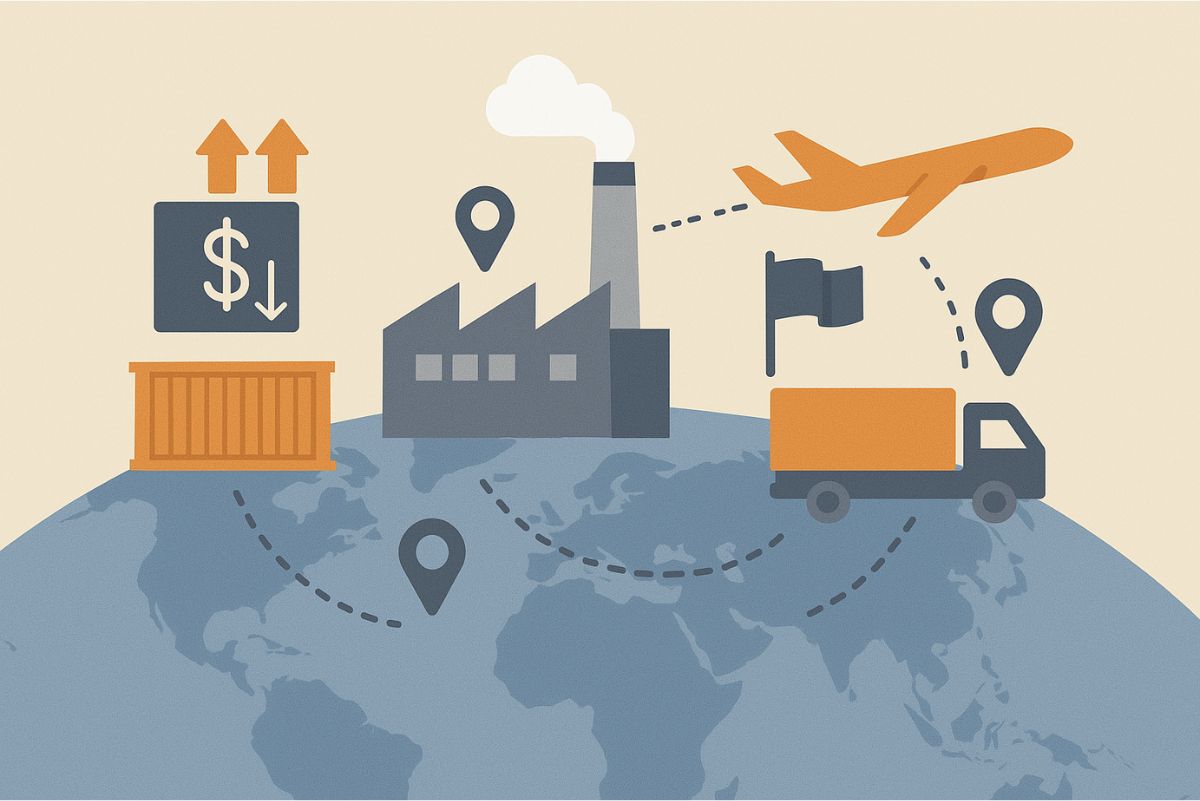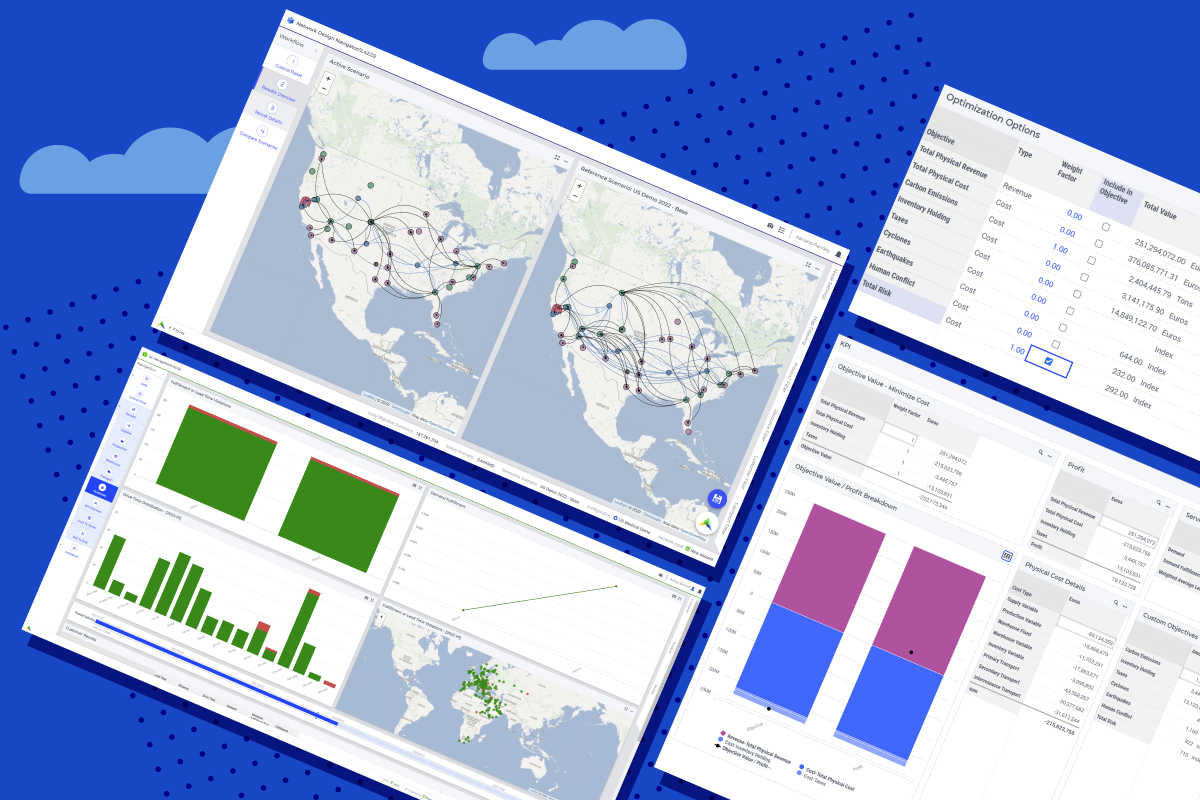Idle Freight Optimization Lowers CO2 Emissions by 550 tons at a Large Steel Company
![]()
About Tata iQ
Tata iQ, a division of Tata Industries Limited, offers multi-sectoral advanced analytics, data engineering capabilities and solutions to over 25 large Tata Group Companies. The tubes division at a large steel manufacturer was looking to improve vehicle fill rates in order to reduce costs and empty miles. They approached Tata iQ for a solution.
Problem
Tata iQ’s client transports 2,000 tons of steel tubes from each mill every 24 hours, which amounts to approximately 100 trucks per day. The planning team was looking to minimize idle freight in order to avoid paying high costs for under-utilized vehicles. However, they struggled to answer questions like:
- How many trucks should be used?
- What kind of trucks are ideal to use?
- How many tubes fit in each truck?
Without a 3D model, this quickly becomes a complex puzzle, especially in such a large operation.
Solution
Tata iQ was tasked with the development of an optimization model to address this challenge. They developed an idle freight optimization model in AIMMS and integrated it with and a 3D simulation model for loading, built using JavaScript 3D Library. The web-based 3D visualization provides a recommended truck load and gives users confidence in the results of the optimization model. They use this toolset on a daily basis to generate a loading plan with optimized vehicle fill rates.
Benefits
This AIMMS-based model is now key for daily operations and delivered a 30-35% reduction in idle freight costs at the first plant where it was implemented. It took approximately 3 months to deliver this solution, including business understanding, solution design and development, deployment, and testing. It is now being deployed across other plants in India. The solution has helped the team focus on more value-generating work, rather than tedious, repetitive planning tasks. It has also resulted in great environmental benefits. The steel company saved an estimated 550 tons of CO2 per year since its introduction.
The benefits in a nutshell:
-
An estimated CO2 reduction of 550 tons
-
Less planning time required, more focus on value-generating work
-
Initial cost savings of up to 35%





